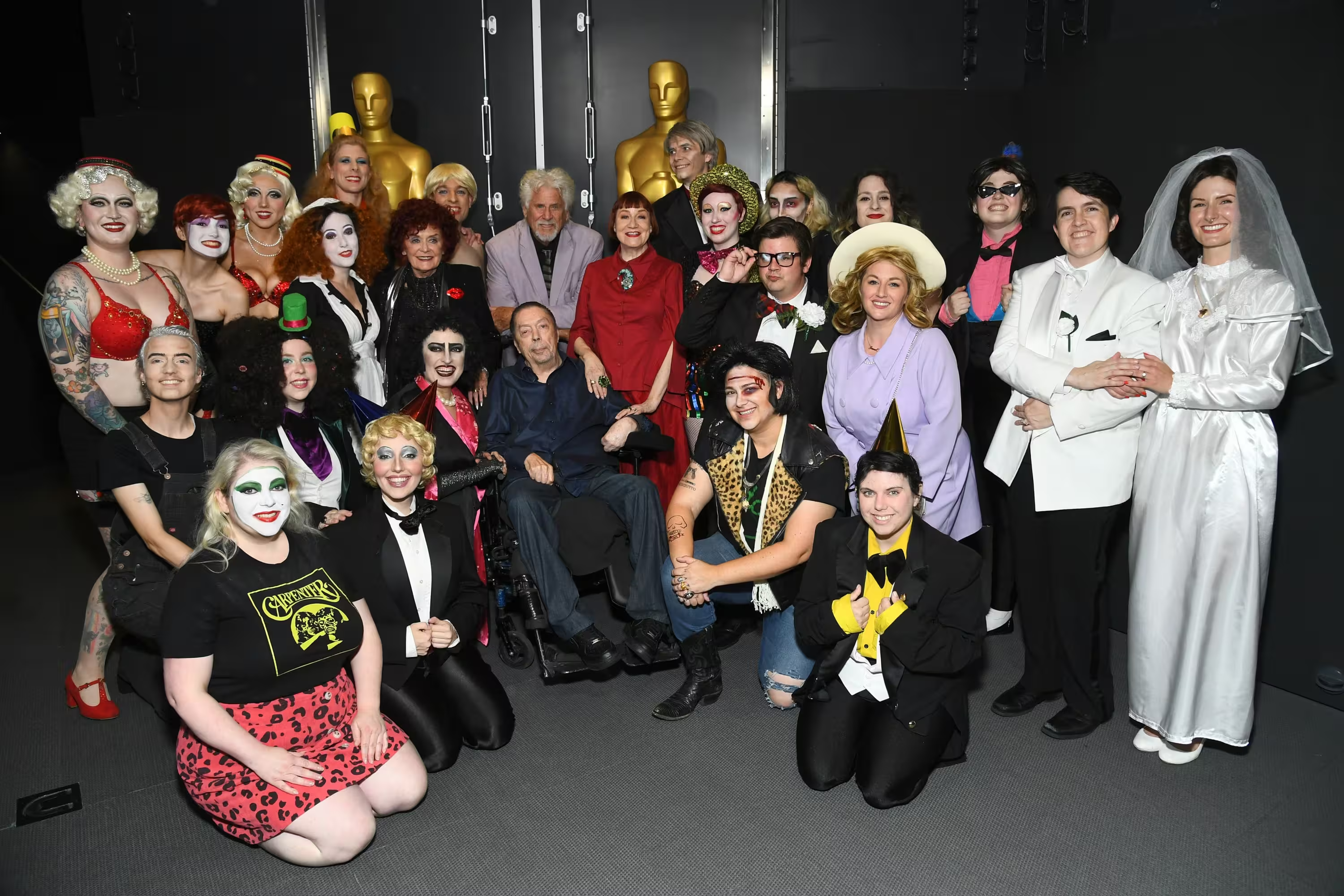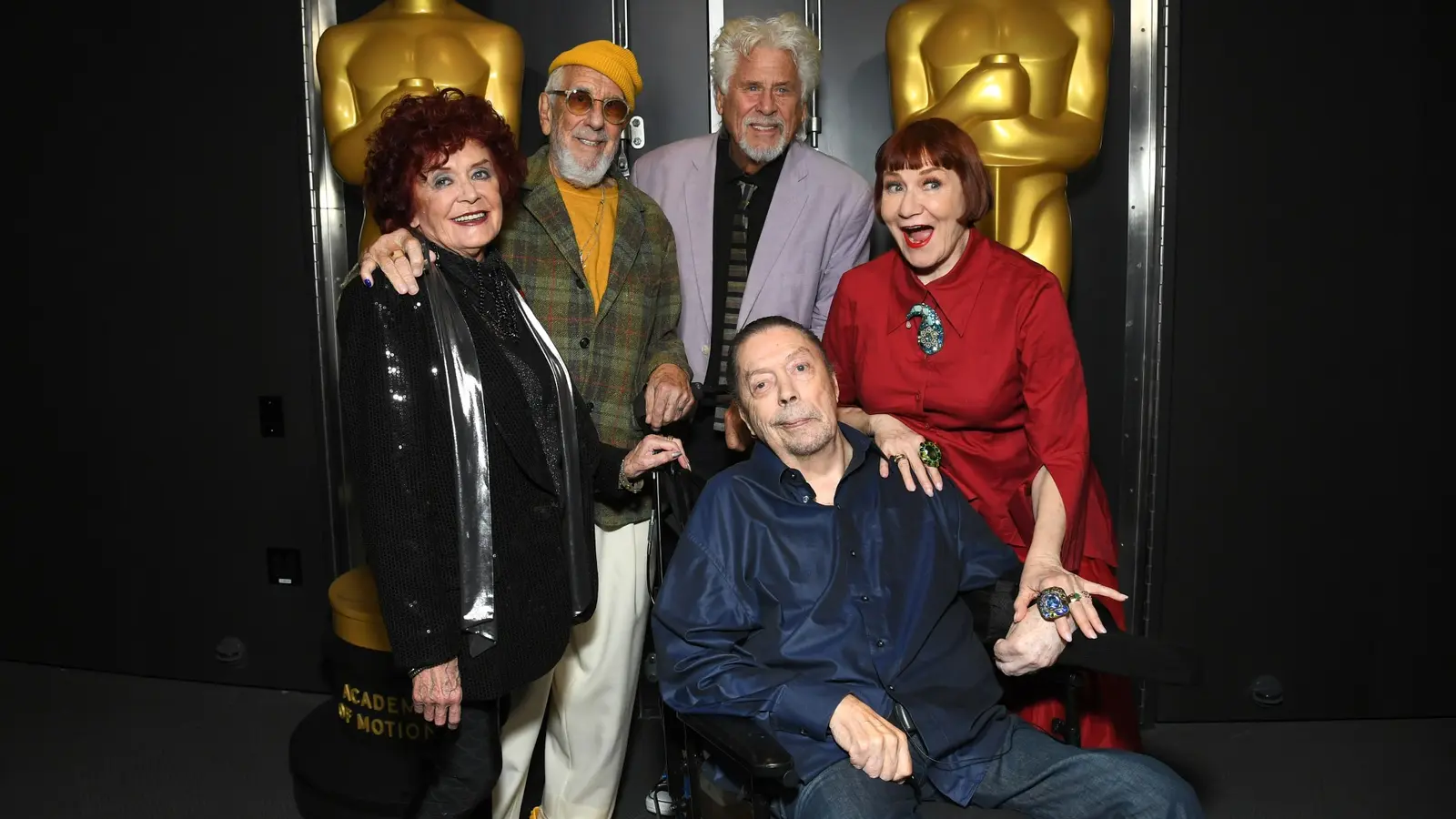3 Minutes
Rocky Horror’s golden anniversary at the Academy Museum
Last weekend the Academy Museum filled with sequins, fishnets and familiar riffs as fans and original cast members gathered for a sold-out 50th anniversary screening of The Rocky Horror Picture Show 4K restoration. The event brought Tim Curry — the actor who made Dr. Frank-N-Furter unforgettable — back into the spotlight along with co-stars Barry Bostwick, Patricia Quinn, Nell Campbell and producer Lou Adler. The energy was vintage Rocky Horror: audience participation, prop kits in hand and a room that knew every note and every call-back.
Anecdotes from Frank-N-Furter
Curry reflected on shaping the role in the theatre and how director Jim Sharman’s impatient, instinct-driven style forced quick, bold choices. He admitted experimenting with accents before settling on the voice that felt regal and absurd — a character who imagined himself royalty rather than a man from outer space. Curry also shared a classic West End anecdote about stage makeup vs. movie makeup, praising Pierre La Roche’s cinematic polish even as he confessed preferring the rougher, onstage look that matched the character’s sleaze and glamour.
Why Rocky Horror still matters
Fifty years on, the film’s lasting cultural power is clear: it helped normalize gender-bending performance, turned midnight screenings into participatory theater and gave queer audiences a cinematic anthem. The movie’s rallying cry—roughly, don’t dream it, be it—resonates in a climate where representation and self-expression continue to shape popular culture. Rocky Horror sits alongside cult touchstones like Pink Flamingos and Hedwig and the Angry Inch as films that rewired expectations about who gets to occupy center stage.

Beyond its queer legacy, Rocky Horror also catalyzed the modern cult-movie circuit—think midnight screenings, shadow casts and interactive prop kits that persist in repertory houses and indie cinemas. Fans still organize live performances and shadow casts that run alongside screenings, keeping the film alive as communal performance art rather than a static archive piece.
Behind the scenes and industry echoes
The film’s influence rippled through Tim Curry’s career: despite concerns he might be typecast, directors such as Stephen Frears saw range beneath the glitter. Rocky Horror’s boldness also helped open careers for collaborators and showed studios that audiences could be fiercely loyal to niche, transgressive projects.
Even as Curry candidly acknowledged the physical limits he lives with after a stroke in 2012, his humor and warmth shone through the evening. The night ended as many Rocky Horror nights do—with laughter, applause and, eventually, the film itself: still scandalous, still joyous, still a home for misfits.
A short note: Whether you’re a longtime fan or discovering Frank-N-Furter for the first time, the 4K restoration offers a sharper look at a film whose heart was always theatrical chaos, not polish.
Source: hollywoodreporter


Leave a Comment